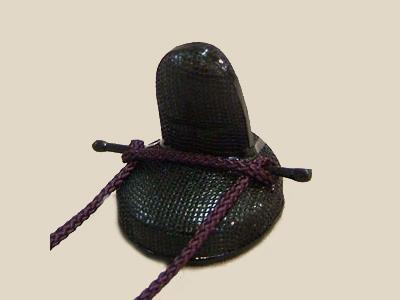|
Edo Dress-up Dolls (ishougin ningyo) is a general name for any doll, such as May, March or Ichimatsu dolls, whose costume you can change. These dolls date back to the period of the fifth shogun, Tsunayoshi.
Dress-up dolls were originally made in Kyoto, but as Edo culture flourished, many Kyoto techniques came to be practised by Edo artisans. They invented various dolls such as Hina, Satsuki and Ichimatsu dolls, which were the prototype of the Edo dress-up Doll.
A typical doll's body is made from toso, a paste made by mixing paulownia powder with glue; its lively face is layered with white paint; the eyes are glass and the hair is human with silk threads. The costumes can be made from materials such as crepe.
Using these traditional Edo techniques, today's Edo dress-up dolls match beauty and prettiness with a modern sense.
Dress-up dolls were originally made in Kyoto, but as Edo culture flourished, many Kyoto techniques came to be practised by Edo artisans. They invented various dolls such as Hina, Satsuki and Ichimatsu dolls, which were the prototype of the Edo dress-up Doll.
A typical doll's body is made from toso, a paste made by mixing paulownia powder with glue; its lively face is layered with white paint; the eyes are glass and the hair is human with silk threads. The costumes can be made from materials such as crepe.
Using these traditional Edo techniques, today's Edo dress-up dolls match beauty and prettiness with a modern sense.
| [+ADDRESS] | 
|













